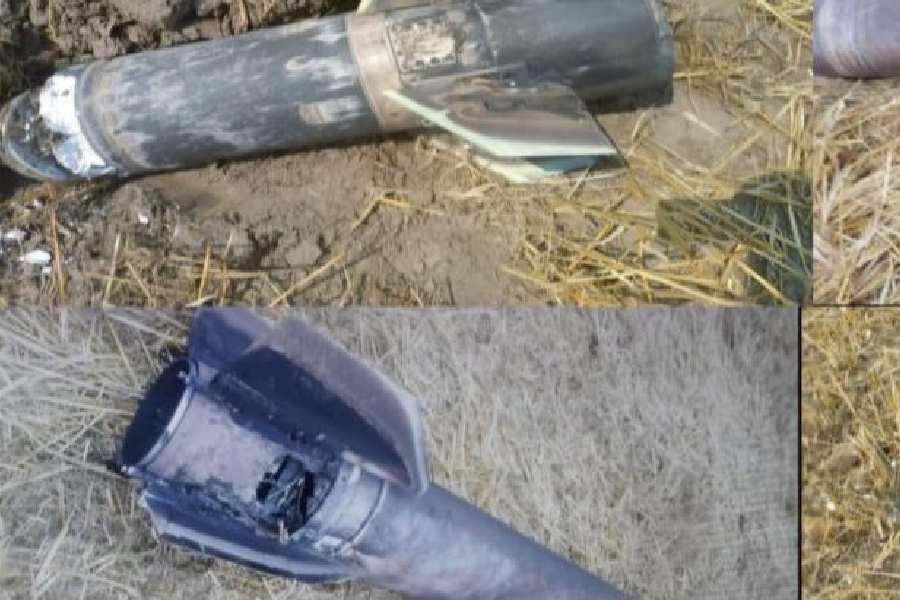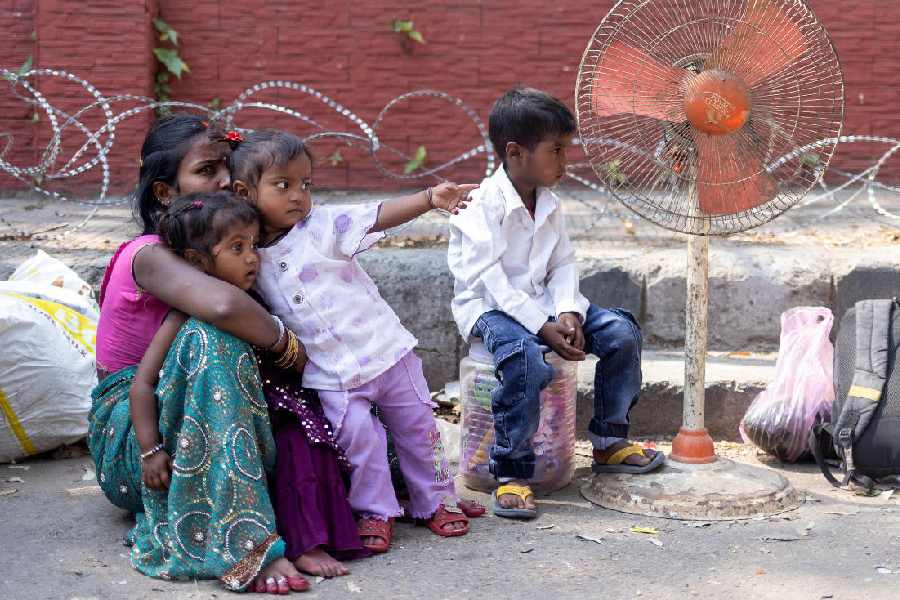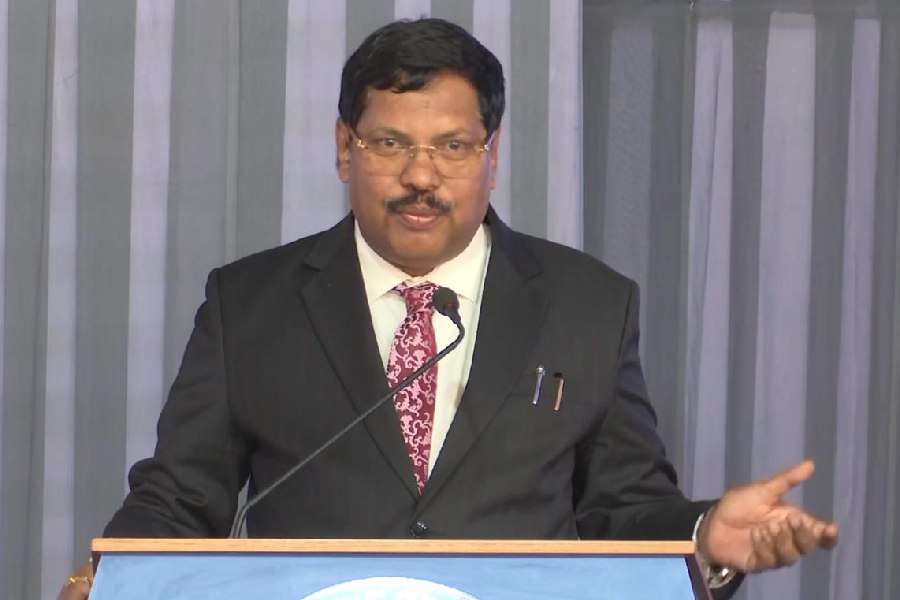
The stretch from Netaji statue to the Beleghata connector is getting new kerbs but while some stretches here have several cut-outs for people to cross into the service lane, others don’t have a single one.
At a height of around 45cm, the new kerb stone paver blocks are difficult for pedestrians to climb over. These high paver blocks, colloquially named as “Sumo” by the labourers fixing them, are meant to prevent pedestrians from crossing the high-speed corridor as and where they please. The cut-outs have what they call “Nano” kerb stone paver blocks, measuring a much lower 20cm.
The labourers edging the kerbs say they started work two months ago and would finish before the Pujas. “Every stretch is supposed to have five ‘Nano’ openings,” says Panchu Mondal, fixing the kerb pavers between Netaji statue and FE Island.
This stretch, in fact, has six openings, while some like FE Island to GD Island have three. The worst-hit is the flank from EZCC Island to GD Island that does not have a single cut-out.
“It’s inconsiderate not to keep any cut-outs here,” says an HA Block resident who gets off the auto in the middle of this stretch and who is unable to climb the “Sumo” kerbs to enter the block.
“If pedestrians are unable to walk till the end of the road in search of a zebra crossing, they are forced to climb over the high kerb. I’ve seen senior citizens falling in the process,” said Sheikh Babulal, who comes to chat with friends at GD Island. “Doesn’t the risk of accidents increase if people fall on the road?”
Mayor-in-council member Devasish Jana said creating cut-outs anywhere and everywhere would increase the risk of accidents. “Still, we have asked the agency in charge of the construction to make cut-outs at strategic points.”
He added that residents should not expect cut-outs at every doorstep.
But an engineer of the corporation’s public works department admitted that supervision of the work was lax and the contractor was working of his own will.
Jana added that the level of the soil lining the “Sumo” tiles was being raised. “That way the trees growing there would get better protection from the possibility of a collapse,” he explained.









